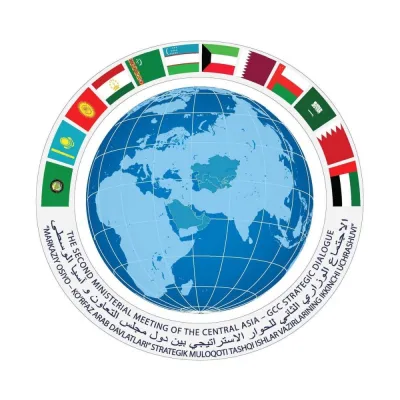The food and beverage sector in the Gulf Cooperation Council (GCC) states is expected to continue to grow at a healthy 7.1% annually, reaching $196bn by 2021, from the current $130bn, according to MENA Research Partners, a leading research company in the region.
The F&B products segment, characterised by a large presence of international brands, either manufactured regionally through local factories or imported through distributors, accounts for the lion’s share of the market at 70%. However, the food service segment, led by international chains represented by regional franchise partners, is set to outperform the sector’s growth, expanding by 8.4% annually until 2021.
Anthony Hobeika, chief executive officer at MENA Research, said, “This surge is driven by the growth in disposable income, a shift from dining-in to dining-out and a trading up in the dining-out habits and preferences. Also, catering concepts fuelled by home and office delivery and online food ordering are gaining popularity. Moreover, higher health awareness, as a result of the prevalence of chronic diseases in the GCC, has led to a growing demand for healthy foods and allergen-free products.”
As disposable incomes rise in emerging markets, consumers are becoming more sophisticated, and their attitudes regarding food are changing. The consumption mix is shifting away from staple products toward value-added, convenient, and healthier alternatives.
In addition, government policy initiatives, such as Saudi Arabia’s 50% tax on carbonated soft drinks and 100% tax on energy drinks, are driving consumers towards more attractive healthier options, the report said.
Among rising trends, the GCC’s booming population and growing tourism influx will also continue to influence the exponential rise of the region’s food and beverage industry in the coming years.
Hobeika added, “The GCC macro outlook remains accommodating to the food and beverage industry, as diversification away from oil remains governments’ primary target for the next decade. Many countries and cities in the region are aiming for economic diversification through development plans and national visions.”

Growing health awareness, as a result of the prevalence of chronic diseases in the GCC, has led to a surge in demand for healthy foods and allergen-free products


